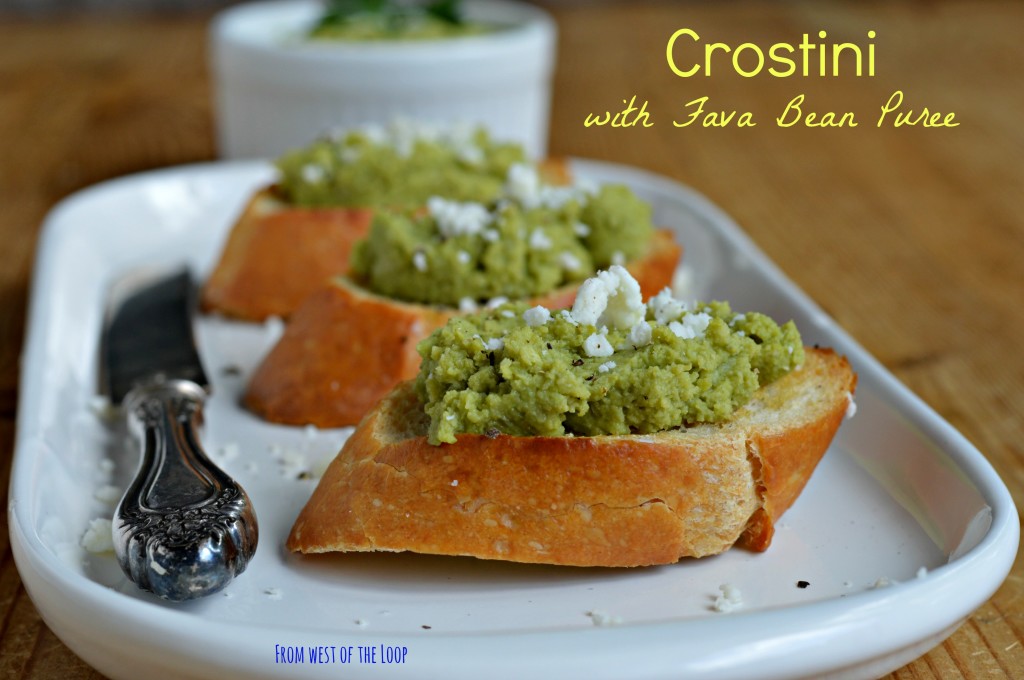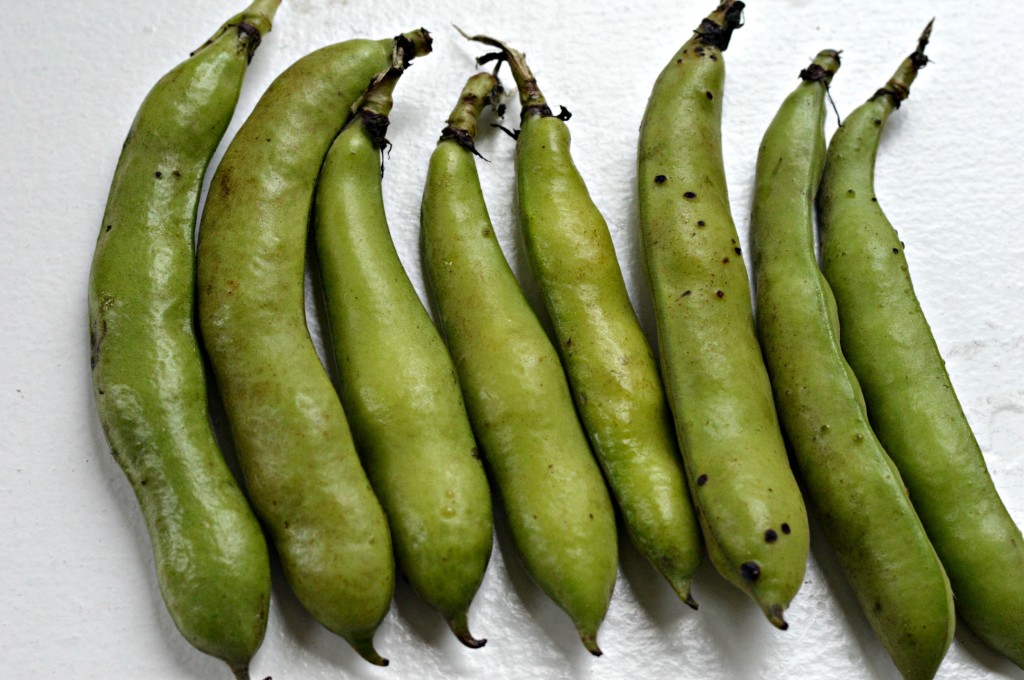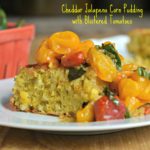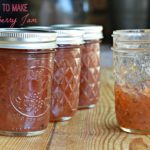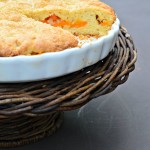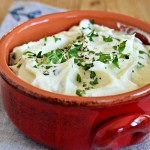Some foods really make you work for it. Fava beans definitely fall into that category. Any food that you have to shell not once but twice very much runs the risk of being not worth the effort. Luckily, favas — which the British call broad beans — have a distinctive, nutty flavor and a buttery texture that endear them to sophisticated eaters everywhere. Just ask Hannibal Lecter.
An ancient crop and member of the pea family, fava beans are important in Mediterranean and Middle Eastern cuisines. Dried fava beans appear in hearty winter soups and stews. The fresh kind, which are in season in late spring, shine in salads, lighter soups, pasta dishes and dips.
And yes, fresh fava beans are a chore to prepare. First, you have to buy an huge supply of the pods to end up with enough beans to work with. When I see fava beans at the farmers market – usually only for a few weeks in June — I end up buying four quarts or more. (While the season has ended in most places, I am still seeing fava beans at Whole Foods.) The writers at The Kitchn recommend a pound of pods per person.
Once you get the pods home, you have to open them up and remove the beans. As you can see, once out of the pods, the beans are encased in a white husk which also has to be removed before eating. (Some sources say that you do not have to remove the husks of very fresh, young fava beans. I have never seen ones small enough, and therefore young enough, to tempt me to try this.) To remove the husk, blanch the beans in boiling water for 2 or 3 minutes and then plunge them into an ice-water bath to stop the cooking. Drain the beans and then you should be able to pop or slip the beans out of the outer husk. What you are left with are small, flat, bright green beans. And a lot fewer of them than you might have thought given the number of pods you started with.
Given all the work you did to prepare the fava beans, you want to cook them in a way that lets their unique flavor shine through, such as a simple salad, a cold soup or a vegetarian pasta dish. I can’t even be bothered with any of that. I just like to puree them with some garlic and lemon juice. On a crostini, fava bean puree makes an exceptional appetizer or light vegetarian lunch. Alternatively, you can thin the puree out with some chicken broth and olive oil and use it a base for fish or scallops, or even incorporate it into a pasta or risotto.
So, if you have only ever tried fava beans in restaurants, I hope that you will take the plunge and buy some to cook yourself. Yes, I know they take a lot of work. But I personally love repetitive, soul-crushing food preparation tasks, like shelling peas and beans. I find them to be very meditative. Put on a podcast or some music and get your fingers dirty!
- 2½ cups shelled fava beans (from about 4 cups unshelled fava beans)
- 3 TB olive oil plus more for brushing on crostini
- 3 cloves garlic
- Juice of one lemon
- Salt and pepper to taste
- Several sprigs fresh thyme
- Baguette
- Heat 3 TB olive oil in a medium sauce pan.
- Add the fava beans and toss to coat.
- Add ½ cup water and stir to combine.
- Bring mixture to a boil and then turn down heat and simmer until the beans are tender, about ten minutes.
- Transfer the beans and any remaining liquid to a food processor. Add the garlic, lemon juice, leaves from the sprigs of thyme and salt and pepper.
- Puree the mixture until smooth. Taste and add more salt and pepper if necessary.
- To prepare the crostini, preheat the oven to 350 and line a baking sheet with foil.
- Slice the baguette thinly. Brush both sides of each slice with olive oil and season with salt and pepper. Place slices on baking sheet.
- Bake the baguette slices until brown and crisp, ten to fifteen minutes, turning over once if necessary.
- When slices are cool, top with fava bean puree and salt and pepper.
- If desired, garnish crostini with crumbled goat cheese or feta.
